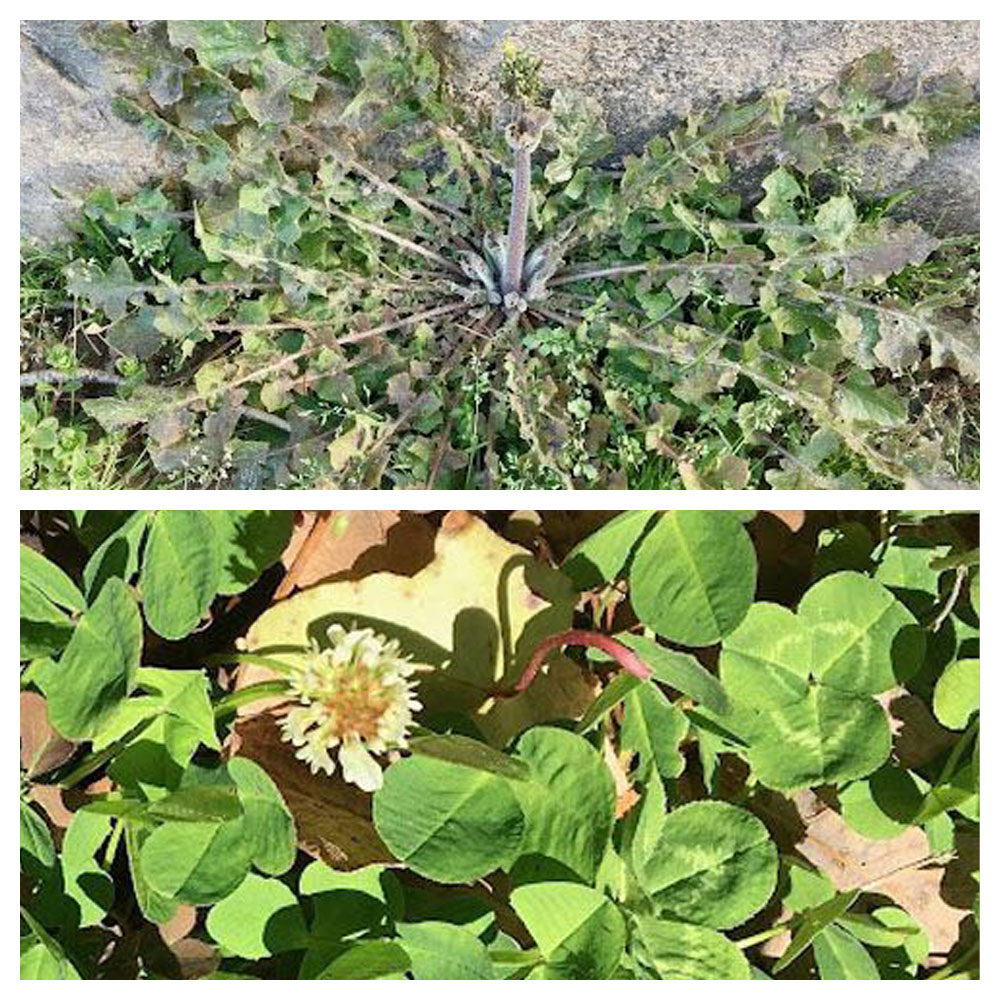The NCNPS Invasive Exotic Species List is now over a decade old—it’s definitely time to revise it. Not only have there been nomenclature changes, but it’s important to remember that our flora is never static: plants move into the state by accident or design, and some plants are snuffed out by climate change, development, and invasive species (among other forces). In addition, the status of plants that are already on the list may have changed over the past decade.
Asiatic Hawk’s-beard (Youngia japonica), for example, seems to be spreading very rapidly in the state; does it need to be moved from its current Rank 2 [Serious Threat] to Rank 1 [Severe Threat]? And what new non-natives need to be added to the Watch Lists of potential invasives?
One very helpful tool in revising the list is the Vascular Plants of North Carolina website, which recently added non-native plants to its repertoire. The work of Harry LeGrand, Bruce Sorrie, and Tom Howard, this searchable site shows the presence of each species by county in North Carolina. But it, too, is a work in progress: there are lots of plants that haven’t been verified in specific counties, which points to the importance of each of us (yes, ALL of us plant lovers out there) keeping Alan Weakley at the UNC Herbarium and the authors of Vascular Plants of North Carolina website informed (via herbarium specimens and photographs) of what we are observing in our neck of the woods.
Abundant presence in many North Carolina counties does not necessarily mean a non-native plant is invasive. White Clover (Trifolium repens) is probably present in every NC county but is not considered invasive because it’s a denizen of lawns and disturbed areas and does not appear to penetrate undisturbed natural areas. Assembling a list of truly invasive species requires lots of thought and exchange of knowledge among many people, agencies, and organizations in the state.
A new list is not on the immediate horizon, but we hope to have one in place within the next year. In the meantime, keep submitting your observations!

by Lisa Lofland Gould

